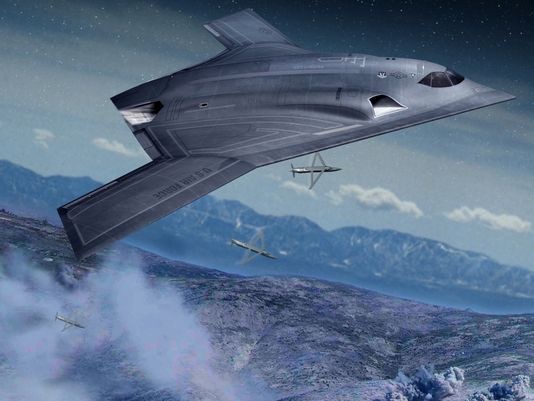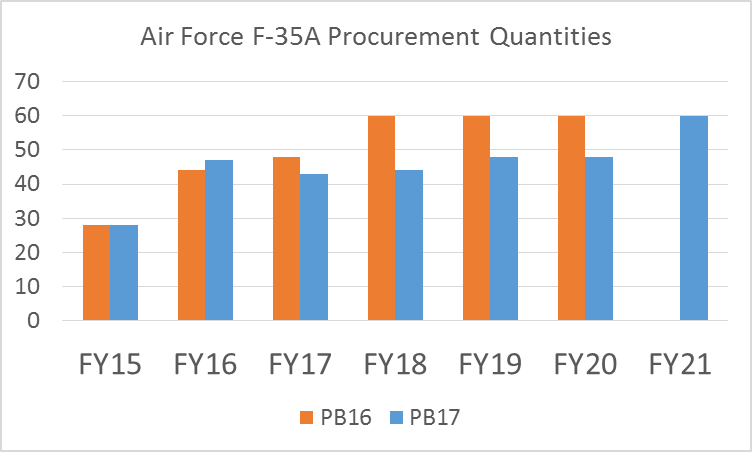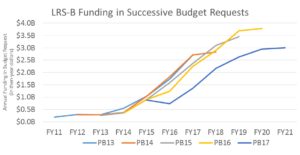‘We Simply Can’t Afford’ What We Need: Air Force 17 Budget
Posted on
UPDATED: Adds Air Force POM Chart Of Most Major Programs
WASHINGTON: It’s simple: the Air Force “simply cannot afford” to buy what it needs to buy over the next decade.
The emphasis is the Air Force’s own, published on its budget website ahead of the official budget release.
“The Air Force is facing a modernization bow wave in critical nuclear and space programs over the next ten years that, under current funding levels, we simply cannot afford,” the statement says.
[Click here for our complete coverage of the 2017 budget]
The fiscal 2017 budget request “restores some capacity in the short-term, funds readiness to executable levels, and makes additional investments in nuclear, space, cyber, command and control (C2), and intelligence, surveillance, and reconnaissance (ISR) capabilities,” it goes on to say.
But they did cut from the request a planned “five F-35A aircraft, delayed modifications to 4th generation aircraft for airspace compliance and survivability, and held end strength at 317,000 despite critical capability gaps.” On top of that, they “delayed incremental replacement of the C-130H Hercules.” Overall, the Joint Strike Fighter program will be cut by 45 aircraft over the next decade.
Little of this will be news to our readers, but the stark statement of the problems facing the service is well worth noting. The Long Range Strike Bomber (LRSB), one of the key capabilities that will drive the budget bow wave the service says it can’t afford, appears to almost double in funding this year from last.
UPDATE BEGINS Following is an official Air Force spreadsheet detailing most major program investments for the fiscal 2017 budget request. It includes the full Program Objective Memorandum (POM) figures for each request.
Among the most compelling increases: Air Force One zooms from $82.4 million to $351.2; LRSB almost doubles from $736.2 million to $1.36 billion (and that’s what unclassified); the F-35A drops almost $1 billion from $6.59 billion to $5.67 billion, while the budget adds $105 million for modifications to existing aircraft. Finally, funding for GPS III sinks substantially for fiscal 2017 from $379.6 million to $176 million, before ballooning to $872.4 million in 2018.
Subscribe to our newsletter
Promotions, new products and sales. Directly to your inbox.



